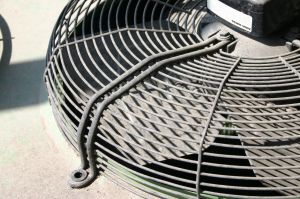A measure that would have reduced the growing threat of asbestos exposure in developing nations has failed.

Our Boston mesothelioma attorneys know that while this doesn’t directly affect our community, it marks a significant blow in the global fight to end asbestos-borne illnesses.
Even here in our own country, such measures have failed, as evidenced by the fact that it continues to be purchased and used in a select number of products throughout the U.S., although in far lesser quantities than what we saw just 20 or 30 years ago.
This particular effort involved a type of asbestos called chrysotile, or white asbestos. Despite asbestos defendants’ efforts to paint this material as somehow less dangerous than other forms, this is simply not the case. In fact, it’s the most commonly-encountered form of the material, accounting for some 95 percent of the asbestos currently in use in America. It is unambiguously considered to be a cancer-causing agent by both the International Agency on Research for Cancer and the U.S. Department of Health and Human Services. Chrysotile asbestos is the main cause of pleural mesothelioma.
It’s used quite a bit in cement, particularly in Asia, eastern Europe and Russia.
This type of asbestos had been recommended for inclusion in the Rotterdam Convention on Prior Informed Consent. This is an international treaty that basically serves to restrict the import/export of hazardous materials. The move would have required member countries to establish in writing whether they wanted to assume the risk of importing such dangerous substances. It’s been used before to regulate international trade of harmful pesticides and other chemicals.
It’s a move that made perfect sense for chrysotile, considering the World Health Organization’s assertion that nearly 110,000 people die globally each year from asbestosis and mesothelioma.
It’s so dangerous that it’s been banned in most developing countries – not including our own, where about 3,000 new cases of mesothelioma are diagnosed annually.
As it stands, five out of six forms of asbestos are already listed under the treaty.
This measure would have resulted in improved labeling of the asbestos, as well as increased caution when handling and it would have empowered governments as well as companies to impose better safety restrictions.
Yet it was blocked by Russia (the world’s top exporter of the material), as well as by India, Vietnam, Ukraine, Kazakhstan, Kyrgyzstan and Zimbabwe. The argument was that passing this measure would have increased the cost of both shipping and insurance.
So instead, hundreds of thousands of more people will continue to die – once again, because of greed.
Just as so many companies in the U.S. in the early-to-mid 20th Century, these nations know there is an inherent danger in this mineral and that it will ultimately kill those who come in contact with it. Once again, we see a deep deficit of moral and ethical responsibility to our fellow human beings. Profits, apparently, are more important than lives.
Continue reading
 Mesothelioma Lawyers Blog
Mesothelioma Lawyers Blog










